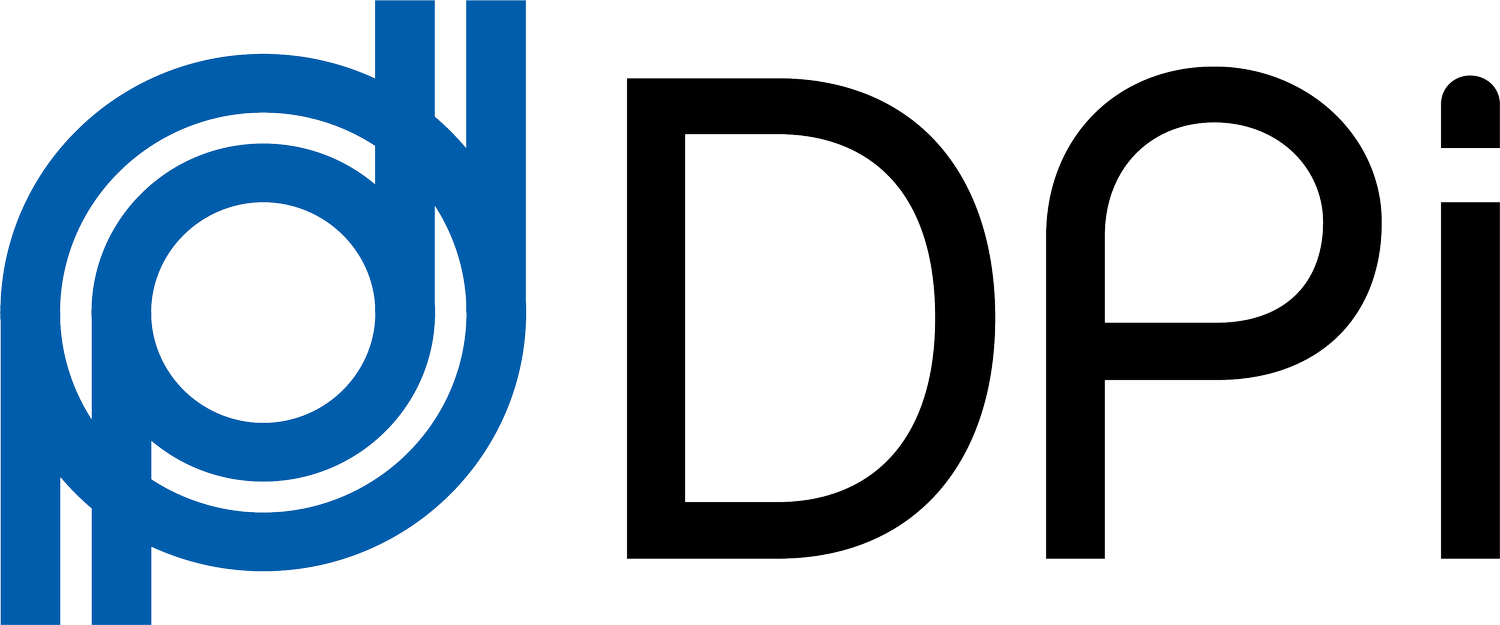Expanding Inkjet Possibilities: How Production Inkjet is Reshaping the Industry
Kyocera has long been known for its industry-leading printhead technology, and its expansion into full production inkjet solutions has created new opportunities for print providers worldwide. Since launching the TASKalfa Pro 15000C in 2019, Kyocera has provided businesses with a cost-effective, high-performance entry point into the world of production inkjet.
At DPi, we integrate Kyocera inkjet modules into our variable data printing systems, leveraging their trusted printhead technology to ensure high-speed, high-quality output for direct mail, labels, packaging, and more. The rise of cost-effective production inkjet solutions is accelerating the transition from traditional printing to digital inkjet, and we are at the forefront of helping businesses make this shift.
Why Kyocera Modules Matter in DPi Inkjet Systems
Kyocera’s piezoelectric inkjet printheads are recognized for their durability, precision, and efficiency, making them an essential component in DPi’s high-performance inkjet solutions. By integrating Kyocera modules, our inkjet systems deliver:
✔ Exceptional image clarity – High-resolution printing at up to 600 x 1200 dpi
✔ Fast production speeds – Designed for high-throughput environments
✔ Reliable, long-lasting performance – Reduced maintenance and extended printhead lifespan
✔ Versatility in substrates – Capable of printing on coated, uncoated, and specialty materials
This technology partnership allows us to provide scalable inkjet solutions that meet the demands of industries such as mailing, packaging, labeling, and commercial printing.
Inkjet’s Competitive Edge in Production Printing
The TASKalfa Pro 15000C was designed as an affordable cut-sheet inkjet press that delivers reliability and performance comparable to laser alternatives. Built with Kyocera’s water-based high-pigment inks, it excels in variable data printing, making it ideal for direct mail, transactional printing, and personalized marketing.
With 146 letter pages per minute and a proven monthly duty cycle of up to 3 million prints, this press has earned a top spot among production inkjet systems, consistently ranking as one of the best-selling inkjet presses over the past several quarters.
At DPi, we recognize that this success is not just about the technology—it’s about the growing market demand for more flexible, cost-effective, and scalable inkjet solutions.
Why More Print Providers Are Choosing Cut-Sheet Inkjet
The ongoing debate between cut-sheet and roll-fed inkjet continues as print providers evaluate their production needs. While roll-fed inkjet is a strong choice for high-volume, long-run jobs, the high initial investment and infrastructure requirements make it less accessible for many businesses.
Cut-sheet inkjet, on the other hand, offers several key advantages:
✔ Lower cost of entry, making inkjet more accessible.
✔ Smaller footprint, allowing for easy installation.
✔ Faster media changes, enabling seamless job transitions.
✔ Versatile application potential, from direct mail to transactional printing.
Interestingly, a large portion of cut-sheet inkjet adopters are existing roll-fed users who use cut-sheet devices for short-run jobs, reprints, and specialized applications—creating a hybrid workflow that maximizes efficiency.
For DPi customers, this means more flexibility and efficiency, whether they are adding their first inkjet press or expanding existing inkjet operations.
Who’s Using Production Inkjet?
By analyzing current market trends and customer use cases, we see three primary industries leading the way in production inkjet adoption:
1️⃣ Transactional Printing – Statements, invoices, and financial documents requiring high-quality variable data printing.
2️⃣ Direct Mail – Personalized marketing campaigns with high-speed, high-impact printing.
3️⃣ Diverse Applications – In-plant operations, publishing, book printing, ballots, checks, and more.
At DPi, we see inkjet continuing to expand into new segments, especially with inline finishing advancements and broader media compatibility.
Why DPi Inkjet Systems Stand Out
For businesses looking to implement or expand inkjet solutions, our Kyocera-powered inkjet systems offer key advantages:
✔ Proven Printhead Technology – Kyocera printheads provide reliability, consistency, and long-term performance.
✔ Affordability – Lower upfront cost compared to other cut-sheet inkjet solutions.
✔ Production-Ready Reliability – Some users consistently produce up to 3 million prints per month with minimal downtime.
✔ Quick Installation & Integration – Seamlessly integrates into existing workflows for fast ROI.
One of the standout features of Kyocera-based inkjet solutions is their high uptime and reliability. Some users have reported running 100,000+ prints on the first day of production, proving that inkjet is a dependable choice for high-volume environments.
At DPi, we help businesses identify and implement the right inkjet solutions to fit their unique production needs.
What’s Next for Production Inkjet?
The inkjet industry is evolving rapidly, and later this year, Kyocera will introduce the TASKalfa Pro 55000C, expanding inkjet capabilities to coated paper stocks—further blurring the lines between inkjet and traditional toner-based printing.
This development marks a significant milestone, as inkjet continues to gain ground as the preferred production technology. With faster speeds, lower operating costs, and increased media versatility, inkjet is becoming a go-to solution for commercial print, direct mail, and beyond.
For DPi customers, this means even more opportunities to integrate cutting-edge inkjet solutions into their print operations.
The Future of Inkjet is Here
At DPi, we are committed to helping businesses navigate the transition to high-efficiency, cost-effective inkjet solutions. Our Kyocera-powered inkjet systems provide the speed, quality, and flexibility that modern print environments demand.
Looking to optimize your print production with inkjet? Let’s talk about how DPi’s inkjet solutions can transform your business.

